Beautiful Plants For Your Interior
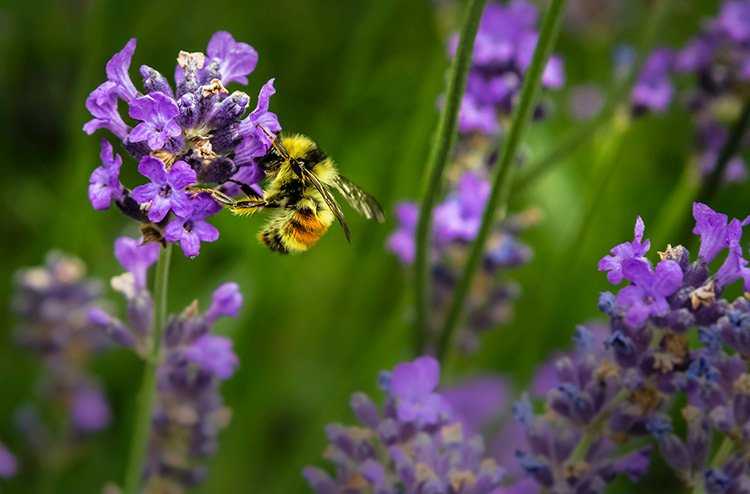
If you’re looking to attract bees and butterflies to your garden, planting the right flowers is crucial. Not only do these pollinators help to keep your garden healthy and thriving, but they also play a vital role in the wider ecosystem. With so many flowers to choose from, it can be tough to know where to start. That’s why we’ve put together a list of the top 10 flowers for bees and butterflies in the UK.
When it comes to bees, there are a few key things to keep in mind. Bees are attracted to flowers with a good source of pollen, as well as those with a high nectar content. They also prefer flowers that are easy to access, such as those with open petals and flat faces. Whether you’re planting in containers or creating a wildflower meadow, there are plenty of options to choose from.
If you’re an avid gardener, you may already know the importance of planting flowers for bees and butterflies. But if you’re new to gardening, you may be wondering why it’s necessary to dedicate a portion of your garden to these pollinators.
Here are a few reasons why planting flowers for bees and butterflies is so important:
Pollination
Bees and butterflies are essential pollinators for a variety of plants, including many of the fruits and vegetables that we eat. Without pollinators, these plants would not be able to produce fruit or seeds. By planting flowers that attract bees and butterflies, you are helping to ensure that these important pollinators have the food they need to survive and continue their important work.
Top 10 Flowers for Bees and Butterflies in the UK
Biodiversity
Planting flowers for bees and butterflies can also help to increase biodiversity in your garden. By providing a variety of different flowers, you can attract a wide range of pollinators, which can in turn attract other wildlife to your garden. This can help to create a more balanced ecosystem and promote a healthier environment for all living things
Aesthetics
Finally, planting flowers for bees and butterflies can also add beauty and colour to your garden. Many of the flowers that attract these pollinators are also incredibly beautiful, with bright colours and interesting shapes. By incorporating these flowers into your garden, you can create a stunning display that is both attractive and beneficial to the environment.
Overall, planting flowers for bees and butterflies is a simple and effective way to support these important pollinators while also adding beauty and biodiversity to your garden. So why not dedicate a portion of your garden to these important insects and enjoy the benefits that they bring?
The Best Top 10 Flowers for Bees and Butterflies in the UK
If you’re looking to attract bees and butterflies to your garden, then planting the right flowers is crucial. Here are the top 10 flowers for bees and butterflies in the UK that are sure to make your garden a haven for these important pollinators.
Lavender
Lavender is a favourite of bees and butterflies, and its fragrant flowers make it a popular choice for gardens.
It’s easy to grow, and its long flowering season means that it provides a source of nectar for bees and butterflies from early summer to autumn.
Life Cycle: Perennial
Plant: April/May
Season: Flowers June – September
Light Requirement: Full Sun
Soil Moisture: Dry, including chalky and alkaline soils.

Lavender
Sage
Sage is another herb that is loved by bees and butterflies. Its tubular flowers are perfect for these insects, and it’s also a great source of nectar for moths.
Sage is a hardy perennial, so it’s a great choice if you’re looking for a plant that will come back year after year.
Life Cycle: Perennial
Plant: March/May
Season: Flowers August – September
Light Requirement: Full Sun / Dappled Shade
Soil Moisture: Free Draining Soils

Sage
Geranium
Geraniums are easy to grow and come in a range of colours, making them a popular choice for gardeners.
The blue and purple varieties are particularly attractive to bees, and their long flowering season means that they provide a source of nectar throughout the summer.
Life Cycle: Perennial
Plant: March/May
Season: Flowers April – October
Light Requirement: Full Sun / Dappled Shade
Soil Moisture: Free Draining Soils (Slightly Acidic)

Geranium
Buddleja Davidii
Buddleja Davidii, also known as the butterfly bush, is a magnet for butterflies.
Its long, cone-shaped flowers are perfect for these insects, and it’s also a great source of nectar for bees.
It’s a hardy shrub that can grow up to 3 metres tall, so make sure you have enough space in your garden.
Life Cycle: Perennial
Plant: March/April
Season: Flowers June – October
Light Requirement: Full Sun
Soil Moisture: Well-Drained Soils
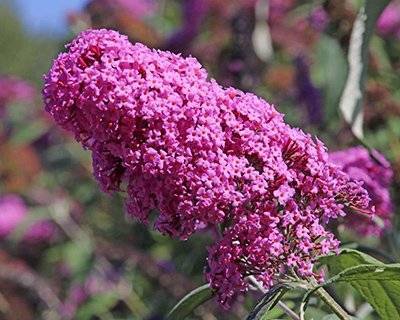
Buddleja Davidii
Verbena Bonariensis
Verbena Bonariensis is a tall, slender plant that produces clusters of small, purple flowers.
It’s a favourite of bees and butterflies, and its long flowering season means that it provides a source of nectar from summer to autumn.
It’s also a great choice if you’re looking to add height to your garden.
Life Cycle: Annual
Plant: March/May
Season: Flowers June – Sept
Light Requirement: Full Sun
Soil Moisture: Well-Drained Soils
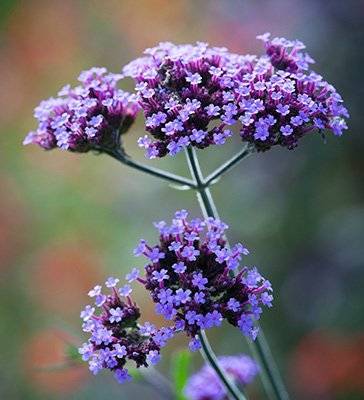
Verbena Bonariensis
Origanum Vulgare
Origanum Vulgare, also known as wild marjoram, is a herb that produces clusters of small, pink flowers.
It’s a favourite of bees and butterflies, and its long flowering season means that it provides a source of nectar from early summer to autumn.
It’s also a great choice if you’re looking for a plant that is easy to grow.
Life Cycle: Perennial
Plant: March/April
Season: Flowers June – October
Light Requirement: Full Sun/ Partial Shade
Soil Moisture: Well-Drained Soils
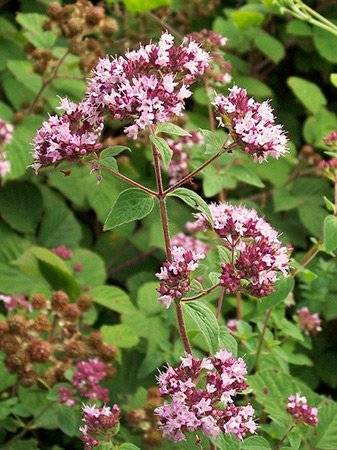
Origanum Vulgare
Holly
Holly is not only a popular Christmas decoration, but it’s also a great source of nectar for bees and butterflies. Its small, white flowers bloom in late spring and early summer, and they’re perfect for these insects.
Holly is a hardy shrub that can grow up to 15 metres tall, so make sure you have enough space in your garden.
Life Cycle: Perennial
Plant: October/March
Season: Flowers March – July
Light Requirement: Full Shade / Partial Shade
Soil Moisture: Moist Well-Drained Soils

Holly
Cornflower
Cornflowers are easy to grow and come in a range of colours, making them a popular choice for gardeners. They’re a favourite of bees and butterflies, and their long flowering season means that they provide a source of nectar throughout the summer.
They’re also a great choice if you’re looking to add colour to your garden.
Life Cycle: Perennial
Plant: March/May
Season: Flowers June – July
Light Requirement: Full Sun
Soil Moisture: Well-Drained Soils
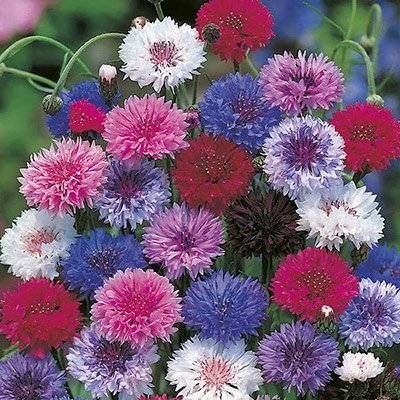
Cornflowers
Foxgloves
Foxgloves, with their showy, tubular flowers, are a magnet for bees and butterflies. These tall, elegant plants with spikes of tubular flowers that come in shades of pink, purple, white, and yellow.
However, all parts of the plant are poisonous if ingested, so care should be taken around children and pets.
Life Cycle: Perennial
Plant: March/October
Season: Flowers June – Sept
Light Requirement: Partial Shade / Full Sun
Soil Moisture: Moist Well-Drained Soils
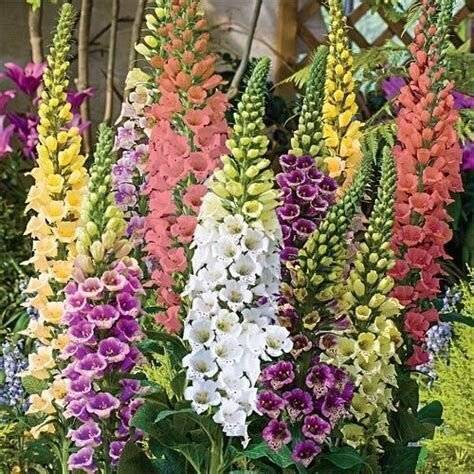
Foxgloves
Red Valerian (Centranthus Ruber)
Red Valerian, also known as Centranthus Ruber, is a hardy perennial that produces clusters of small, pink or red flowers.
It’s a favourite of bees and butterflies, and its long flowering season means that it provides a source of nectar throughout the summer. It’s also a great choice if you’re looking to add colour to your garden.
Life Cycle: Perennial
Plant: Sept/April
Season: Flowers June – Oct
Light Requirement: Full Sun
Soil Moisture: Well-Drained Soils
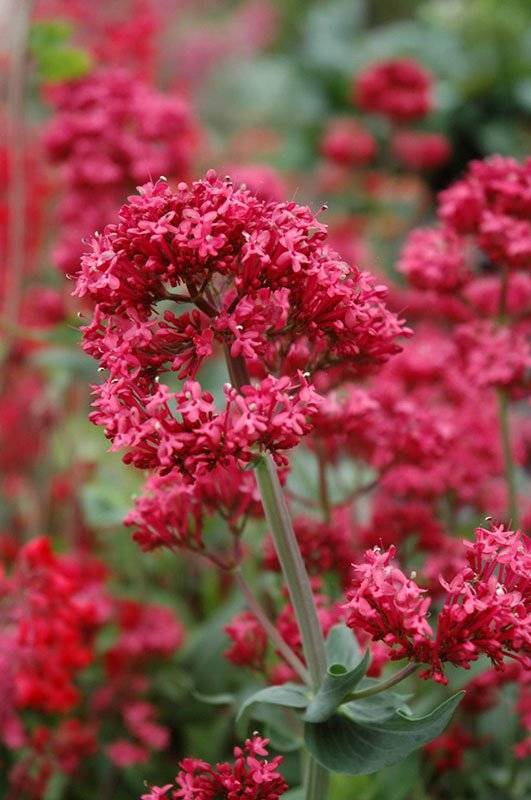
Red Valerian (Centranthus Ruber)
Other Flowers to Consider
In addition to the top 10 flowers for bees and butterflies in the UK, there are several other flowers you may want to consider planting in your garden to attract these pollinators and support wildlife.
Wildflowers
Wildflowers are a great way to attract bees, butterflies, and other insects to your garden. They provide a source of nectar and pollen and can help to create a habitat for wildlife. Some popular wildflowers to consider include:
- Ivy: A great source of late-season nectar for bees and butterflies.
- Field scabious: A favourite of the gatekeeper butterfly and a great source of nectar for bees and butterflies.
- Common poppy: A great source of nectar for bees and butterflies.
Perennials
Perennials are a great option if you want to create a long-lasting source of food for bees and butterflies. They come back year after year and can provide a reliable source of nectar and pollen. Some popular perennials to consider include:
- Coneflower: A favourite of bumblebees and butterflies and a great source of pollen.
- Cranesbill: A great source of nectar for bees and butterflies and easy to grow in containers.
Tubular Flowers
Tubular flowers are a favourite of long-tongued bees and butterflies. They provide a deep source of nectar that is difficult for other insects to reach. Some popular tubular flowers to consider include:
- Goldenrod (Solidago): A great source of late-season nectar for bees and butterflies.
- Hylotelephium spectabile (Showy Stonecrop): Loved by bees and butterflies and a great source of late-season nectar.
Other Plants
There are several other plants you may want to consider planting in your garden to attract bees and butterflies. These include:
- Chives: A great source of nectar for bees and butterflies and a useful culinary herb.
- Sedum: A favourite of butterflies and a great source of late-season nectar.
- Rosemary: A great source of nectar for bees and butterflies and a useful culinary herb.
- Sunflowers: Loved by bees and butterflies and a great source of pollen and nectar.
- Saffron: A great source of nectar for bees and butterflies and a valuable medicinal herb.
By planting a variety of bee-friendly plants, you can help to support biodiversity in your garden and provide a source of food for bees, butterflies, and other pollinators.
FAQs
What Are The Bee’s Most Favorite Flowers?
Bees are attracted to a wide variety of flowers, favourites include lavender, borage, and heather which are rich in nectar and pollen. Bees are also attracted to brightly coloured flowers with a sweet scent, sunflowers, poppies, and sweet peas are popular.
What Plants Are Bee-Friendly For Autumn in The UK?
Some bee-friendly plants for autumn include asters, sedums and Michaelmas daisies. These late-flowering plants provide a good source of nectar and pollen for bees. Other autumn flowers that bees love include heather, crocus, and ivy.
Which Marigolds Are Best For Bees in the UK?
The best marigolds for bees are the Tagetes tenuifolia, commonly known as signet marigolds. These plants produce small, single flowers that are rich in nectar and attract a range of bees and other pollinators.
French marigolds (Tagetes patula) are also attractive to bees and other pollinators, but they produce larger, double flowers that are not as easy for bees to access.
Conclusion
Hopefully, we have given you some ideas on what to plant, as we’ve covered our top 10 flowers for bees and butterflies in the UK in this post. These flowers are not only beautiful but also play a crucial role in supporting our local ecosystems. By planting these and other flowers in your garden or community spaces, you can help attract and support these important pollinators.
Remember, by creating a habitat for bees and butterflies, you’re not only helping them but also contributing to the overall health and diversity of our planet. So, let’s do our part and make our gardens a welcoming place for these important creatures.
Don’t forget to share this blog post with your friends and family so they too can join the effort to support our pollinators.
